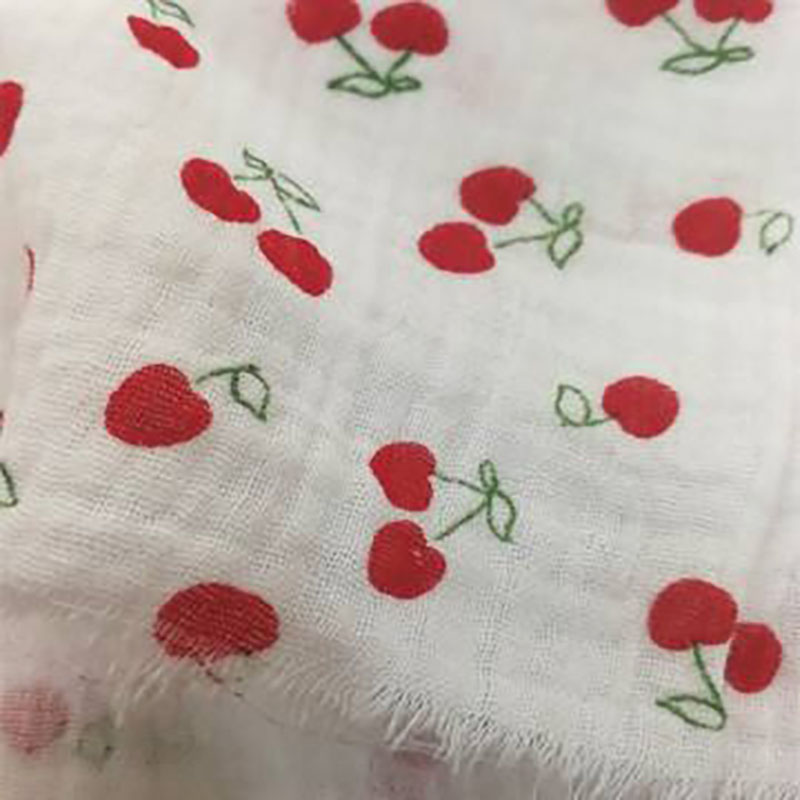In recent years, the demand for sustainable fashion has surged as consumers become more aware of environmental impacts. The textile industry is under scrutiny for its resource consumption and pollution, making innovative solutions vital. One such solution is the use of double-layer fabric dyeing and printing, which offers significant eco-friendly properties.

Double-layer fabrics are produced using less dye and water compared to traditional single-layer methods. This reduction in resource use makes them much more sustainable. Additionally, the dyeing and printing processes can be optimized to utilize eco-friendly dyes, further minimizing environmental footprints.
By innovating in the dyeing process with double-layer fabrics, manufacturers can ensure lower wastage of materials. Any remaining dye can be reused in subsequent batches, creating a circular economy model which is beneficial for market competitiveness.
As the market shifts towards sustainable options, adopting double-layer fabric dyeing and printing can significantly boost brand image and customer loyalty. Companies embracing these practices can cater to environmentally-conscious consumers, setting themselves apart in a competitive landscape.
Looking forward, the potential for double-layer fabric dyeing and printing remains vast. Innovations in technology and materials can further enhance their sustainability. The fashion industry has a powerful opportunity to evolve with this eco-friendly approach, ensuring a greener future.

In conclusion, the sustainable development potential of double-layer fabric dyeing and printing is immense. By addressing environmental concerns and responding to market demand, this innovation represents a crucial step forward in achieving sustainability within the textile industry.
